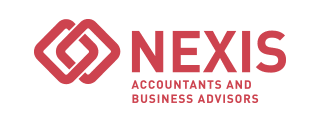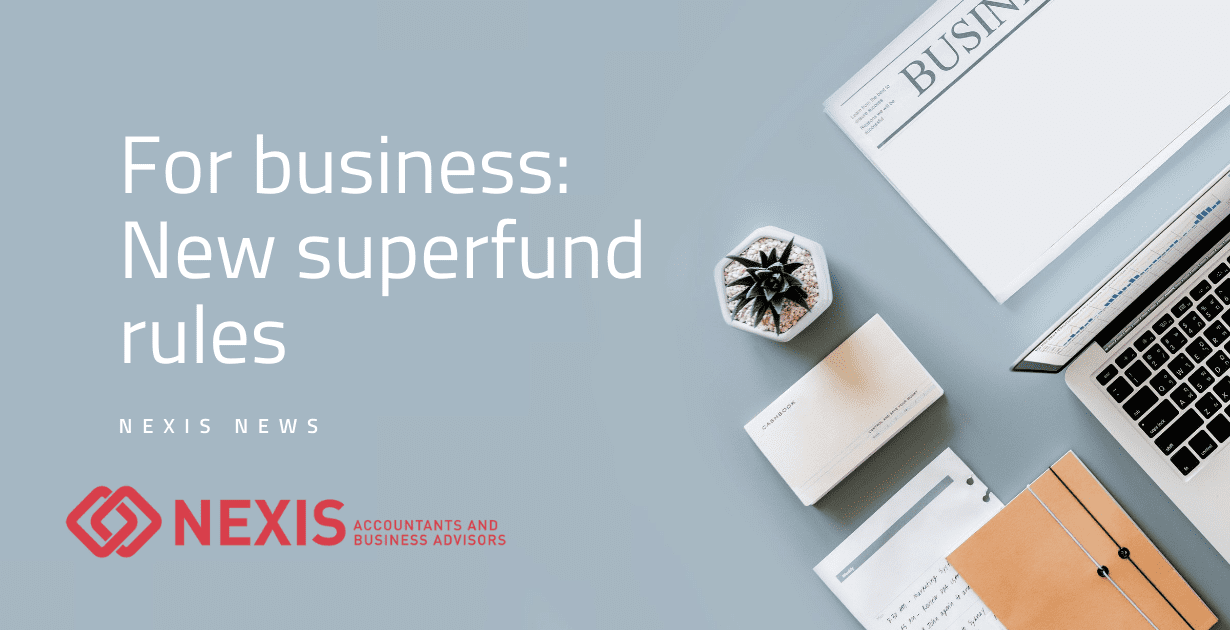The superannuation stapled fund measure is starting soon. This month in Nexis News, we want to simplify this new requirement for our business clients.
What is this new requirement under the superannuation reform?
The superannuation reform, Your Future, Your Super, announced as part of the Federal Budget 2020–21, includes the requirement, from 1 November 2021, for most employers to check with the ATO if their new employee — who has not chosen a superannuation fund — has an existing superannuation account into which the employee’s superannuation guarantee (SG) contributions will be paid.
Currently, if your employee does not choose a fund, most employers make Super Guarantee contributions on their employee’s behalf into their business’s chosen default fund. So what issue is being solved with this new requirement?
In the past, due to contributions being made to default business super funds, this has led to the creation of multiple superannuation accounts when employees move to and from different workplaces. This has resulted in amassing multiple super accounts due to changing jobs, especially in an employee’s first 5-10 years in the workforce.
This way of addressing super funds has lessened members’ retirement savings through the payment of unnecessary fees and insurance premiums on unintended multiple superannuation accounts.
The new rules are designed to limit the creation of multiple superannuation accounts every time an employee starts a new job. A ‘stapled fund’ is an existing superannuation account that is linked, or ‘stapled’, to an individual employee so that it follows them as they change jobs.
Transitional period
During a proposed transitional period from 1 November 2021 until 31 October 2022, the Commissioner will reduce any choice shortfall to nil if that shortfall arose due to the employer’s lack of knowledge of the stapled fund requirements rather than intentional disregard.
How can you assist your employees with this change?
As a business client of Nexis, you can encourage your new employees to choose their own superannuation fund by helping them to understand the superannuation standard choice form.
Business clients should take the following steps:
- Offer your new eligible employees a choice of superannuation fund, and if the employee makes a choice, the SG contributions must be paid into that fund.
- Request stapled fund details if your new employee does not choose a superannuation fund.
- Pay the SG contributions into the stapled fund if the ATO provides a stapled fund result for the new employee.
As always, our bookkeeping team can assist you with the processes for onboarding new staff with this new requirement and setting up Payroll in your Xero file. Contact us if you have any questions or concerns about this new requirement.





